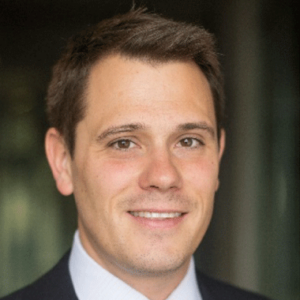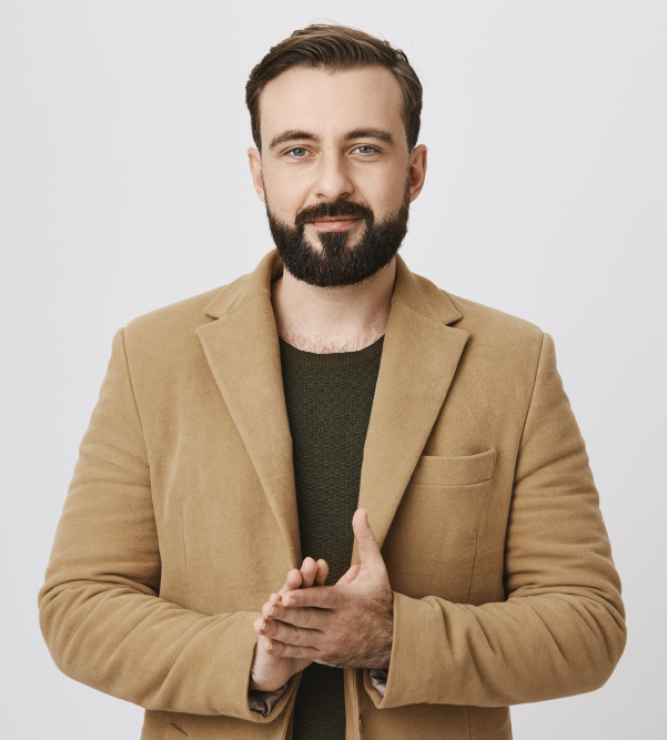John McCartney, Ph.D., P.E., F.ASCE is Professor and Department Chair at the University of California – San Diego, Department of Structural Engineering. He is a former President of the North American Chapter of the International Geosynthetics Society and is now running for IGS Council. In addition to his work with IGS North America, Dr. McCartney is very active with other engineering organizations.
IGS North America encourages all members to actively participate in the IGS Elections, which are open for voting into mid-June. If you cannot locate your ballot invitation, please contact IGS office, igssec@geosyntheticssociety.org.
Did your time in leadership with IGS North America inspire your interest in seeking an IGS Council position?
 Yes, I was inspired by working with colleagues from across North America to promote geosynthetics engineering principles and research, and to serve as the learned society for geosynthetics in the region. I had the pleasure to meet many people and work toward a common goal with colleagues from industry, manufacturing, and academia, and that is what I am looking forward to if I am elected to serve on the IGS Council.
Yes, I was inspired by working with colleagues from across North America to promote geosynthetics engineering principles and research, and to serve as the learned society for geosynthetics in the region. I had the pleasure to meet many people and work toward a common goal with colleagues from industry, manufacturing, and academia, and that is what I am looking forward to if I am elected to serve on the IGS Council.
What are some things you’d like to see the IGS Council focus on in the next four years?
I think that there are opportunities to encourage more interaction between the different chapters and with other organizations around the world. The regional conferences are excellent, but I think that the Council could encourage more smaller workshops—focused topics to bring people together from different chapters and different organizations like ISSMGE, ASCE, and ASTM International: emerging research, practical applications, standards, etc. These workshops could lead to special issues of the society journals, Geosynthetics International and Geotextiles and Geomembranes. Although the pandemic taught us how face-to-face meetings are ideal, it also gave us new tools to interact globally through webinars and virtual panels.
I would also like to contribute to continuing the expansion of the IGS Digital Library. Index more past proceedings in an open access format. Archive more videos and webinars from the different chapters, encouraging the establishment of and linking to their YouTube Channels.
You chair the unsaturated soils committee with the ASCE Geo-Institute, and you just ran an energy geotechnics conference. How do these endeavors outside IGS inform your interactions with geosynthetics?
I have been fortunate to work on a variety of research topics in my career, but I always look for ways to incorporate geosynthetics as they are very versatile tools to augment the behavior of soils. For example, energy geotechnics is my current passion, and I have been working on incorporating geothermal heat exchangers into reinforced soil slopes to help dry poorly draining backfills, and to integrate heat exchangers into prefabricated vertical drains to improve soft clays using thermal consolidation. There are of course new challenges when proposing new applications like this, but solving problems is exciting. I think that both the unsaturated soil mechanics and energy geotechnics fields are still expanding and there are still many ways that geosynthetics could be used.
You hosted an Educate the Educators (EtE) event (La Jolla, California 2019). What’s the state of geosynthetic engineering education in civil engineering programs today?
I think that most undergraduates are introduced to the concept of geosynthetics and their different applications. However, there are many required courses in an undergraduate curriculum and there are also many topics to cover in an introductory geotechnical engineering course. We have a short overview of geosynthetics in our introductory soil mechanics course, then show some applications in a ground improvement course. It really isn’t until the graduate level that we are able to go into depth on analyses and designs involving geosynthetics. The Educate the Educators events are great ways to give educators materials that they can directly integrate into their courses. As the MS degree becomes more and more important for starting in geotechnical engineering practice, we may want to make graduate course content a focus of future Educate the Educator courses. At both the undergraduate and graduate levels, I think having prepared presentations on case histories of the different applications of geosynthetics, going from a problem in the field, to the analysis and design, to construction in the field with possible instrumentation, would really be helpful for students.
If elected to the IGS Council, I would be excited to work with practitioners to build case histories like this that could be shared with students to give them a tangible feel for how geosynthetics can be used to solve problems.
All superheroes have an origin story. How were you introduced to geosynthetics?
I started getting involved with research during my undergraduate at the University of Colorado Boulder, and first started working on structural reliability. This led me to take a course on fractals in hydrology and I was inspired by patterns in clay cracking. The professor of this course introduced me to Professor Jorge Zornberg in the last year of my undergraduate, who introduced me to geosynthetic clay liners. Professor Zornberg shared a large database of GCL shear strength data from his time at Geosyntec that were performed by Rob Swan and his colleagues. I was very excited to integrate my background in probability and statistics with clay deformations to understand the many variables affecting GCL shear strength, and this got me started on my research career. I decided to continue working for my PhD with Professor Zornberg on the interaction between unsaturated soils and geosynthetics and have been having fun with geosynthetics since.
THE 2022 “5 QUESTIONS” SERIES FOR THE IGS ELECTIONS


